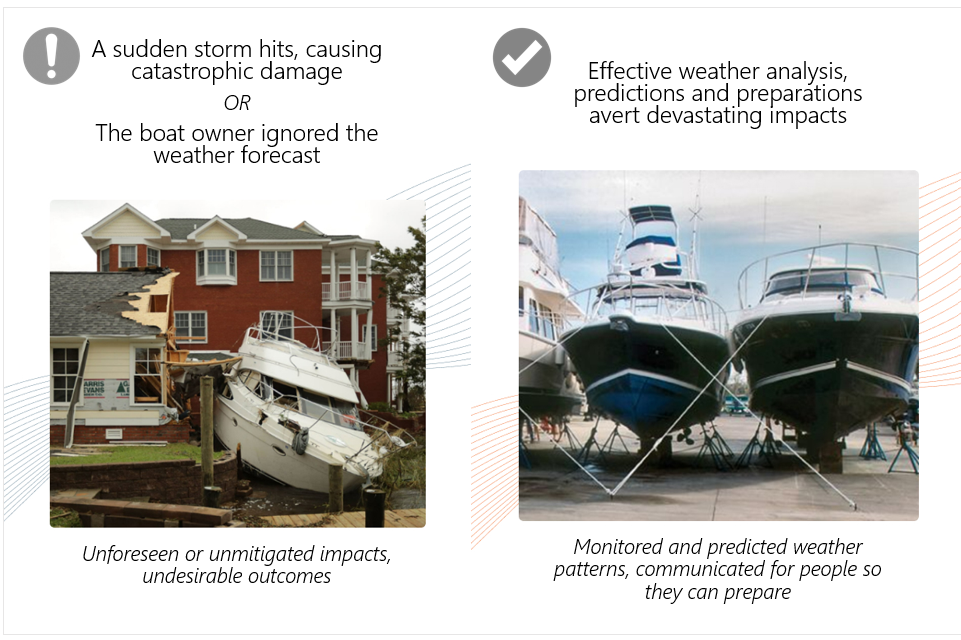Have a question? Connect with an Argano expert!
A subject matter expert will reach out to you within 24 hours.
With SO MUCH change in our lives these days, personally and professionally, from consumer information overload to endless technology impacts and influences—“change management” has become a personal and an industry buzz phrase that gets thrown around a lot! But what does change management really mean? The following is an attempt to address this question from an organizational perspective.
Change management (sometimes abbreviated as CM) is commonly used as a collective term for roles and responsibilities designed to prepare, enable, and support individuals impacted by change to drive successful adoption. While Project Managers can assume some of this, their primary focus is schedule, budget, and resources. Change Management’s primary focus is the people side of change.
Frequently, training is considered part of Change Management. For simplicity, this post considers training a separate but integrated component of Change Management.
Pictures can replace a thousand words, so take a moment to consider these two scenarios.

Trained Change Practitioners leverage a variety of frameworks. Many leverage Prosci’s ADKAR model*. This acronym represents a simple set of progressive milestones for individuals to successfully adopt change:
Awareness of the need for change.
Desire to participate and support the change.
Knowledge on how to change.
Ability to adopt skills and behaviors for the change.
Reinforcement to sustain the change.
Using this framework to guide stakeholders through any change initiative amplifies change success by 700%*! Sounds like a no-brainer, right? BUT — all too often the Awareness and Desire milestones are skipped, completed late or not executed well. When stakeholders learn about changes when they are trained – which is a big topic on its own – they don’t get to process the “why” and resistance to the changes is greatly elevated. This puts adoption at high risk, no matter how carefully the tools and processes were designed.
Every project is different, but what they all have in common is the three impact areas that drive successful adoption: people, processes, and technology. All too often the focus is entirely on technology because it is the primary cost driver. But people define the processes and people must adopt the new processes for the technology to deliver the planned return on investment.
The primary focus of CM Practitioners is to advocate for the top half of this formula – the “People” side. They develop strategies and communications to resonate with the stakeholders and foster consideration for the users’ perspective across the team.
A Change Management Consultant is an advocate for effectively driving change. Partnering with a client Change Agent(s), a CM Consultant will collaborate and/or facilitate with an organization using various techniques and templates during a transformation project on critical deliverables:
Is your business looking to engage in a digital transformation initiative but lacking a change management process to match your ambition? Then get in touch with Argano. We help organizations develop effective CM processes to facilitate change successfully.
Whitepaper
For more insights for leading successful change, download our whitepaper Business Transformation 2.0: Building Your Digital Foundation with a Mindset for Change.
Download our whitepaper*Source: Prosci Benchmarking Data
A subject matter expert will reach out to you within 24 hours.